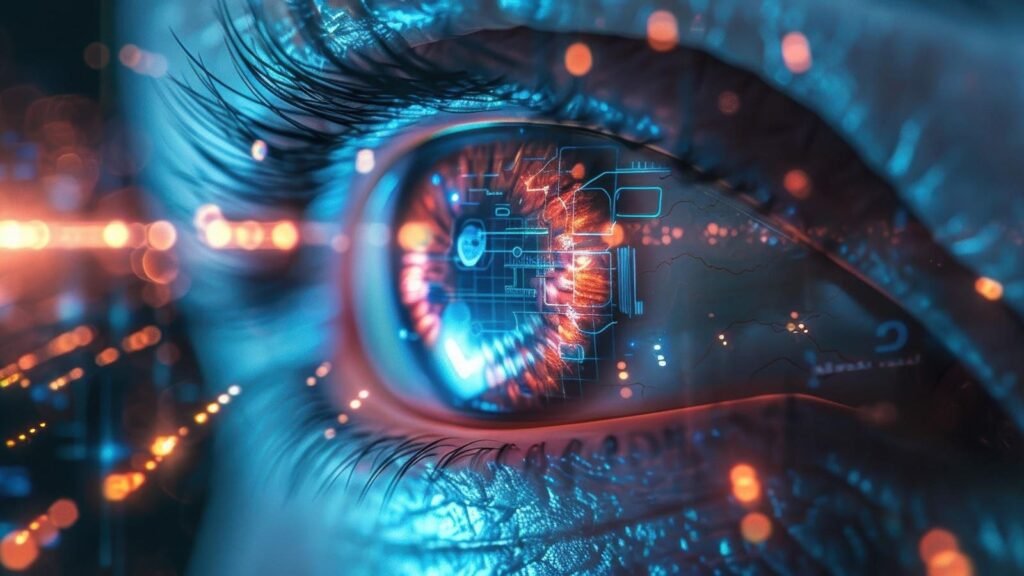Multimodal AI is transforming the way machines understand and interact with the world. … [+]
The world of artificial intelligence is evolving at breakneck speed, and at the forefront of this revolution is a technology that is redefining the way we interact with machines: multimodal AI. This is more than just a buzzword. It is a paradigm shift that already promises to transform industries and reshape the digital landscape. But what exactly is multimodal AI and why should you care? Let’s dive in.
The power of multiple senses
Imagine an AI system that can not only read text or recognize images, but also read, write, see, hear, and create all at once. That’s the essence of multimodal AI. These advanced systems can simultaneously process and integrate multiple formats of data, including text, images, audio, and even video. It’s like giving the AI full sentience.
But multimodal AI isn’t just about input. The output is equally good. These systems can generate text, generate images, synthesize audio, and even create video content, all while taking into account complex input sequences. This dual ability to understand and create different modalities is what distinguishes multimodal AI from previous AIs.
revolutionize industry
The implications of this technology are far-reaching. Multimodal AI is already making waves in the healthcare field. By combining and analyzing patient data, from clinical records and radiology images to test results and even genetic information, these systems can provide more accurate diagnoses and personalized treatment plans.
The creative industries are also experiencing seismic shifts. Digital marketers and film producers are leveraging multimodal AI to create immersive, customized content that combines text, visuals, and sound. Imagine an AI that can not only write a compelling script based on a simple prompt or concept, but also generate storyboards, compose soundtracks, and even create rough cuts of scenes.
Reimagine education and training
In education and training, multimodal AI is paving the way for truly personalized learning experiences. These systems can be adapted to individual learning styles and provide a combination of textual explanations, visual diagrams, interactive simulations, and audio guides. It’s like having a personal tutor who instinctively knows how to present information in the most effective way for each student.
superhuman customer service
Perhaps one of the most exciting applications is customer service. Imagine a chatbot that can not only respond to text queries, but also understand tone of voice, analyze facial expressions, and respond with appropriate verbal and visual cues. This level of interaction brings us closer to truly natural human-AI communication and could revolutionize the way businesses and customers interact.
The challenge of integration
The power of multimodal AI lies in its ability to integrate diverse data types and provide a richer, more nuanced understanding of complex environments. This integration could enable more robust decision-making and significantly improve the performance of AI systems in unpredictable real-world situations.
However, this integration is not without its challenges. Synchronizing different types of data, addressing privacy concerns, and managing the complexity of model training are major hurdles that researchers and developers are actively working to overcome.
Ethical considerations in a diverse world
As we embrace the potential of multimodal AI, we must also grapple with its ethical implications. The ability of these systems to process and generate such a wide variety of data raises important questions about privacy, consent, and potential for abuse. When multimodal AI has the potential to recognize faces, voices, and even emotional states, how can we ensure that individual privacy is respected? Preventing the creation of deepfakes and other misleading content? What safeguards do I need to take to ensure this?
The road ahead
Despite these challenges, the future of multimodal AI is bright. As we continue to improve these systems, we are moving closer to AI that can truly understand and interact with the world in ways that were once the stuff of science fiction. From more intuitive virtual assistants to breakthrough medical diagnostic tools, applications are limited only by our imagination.




